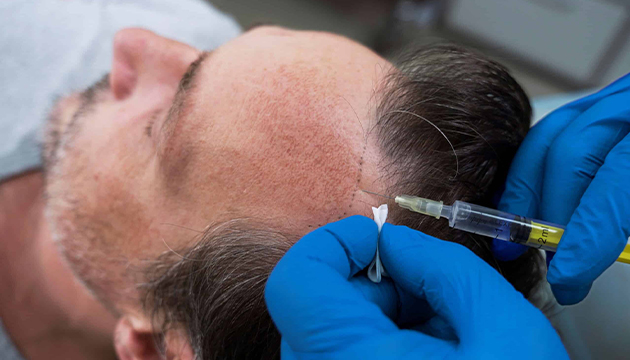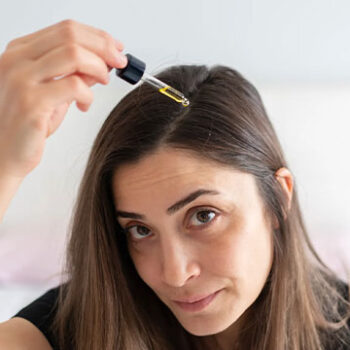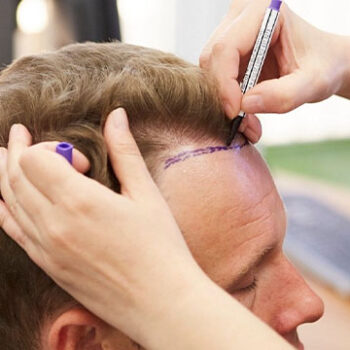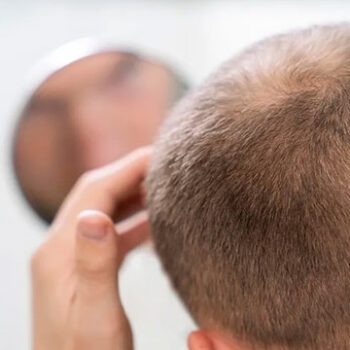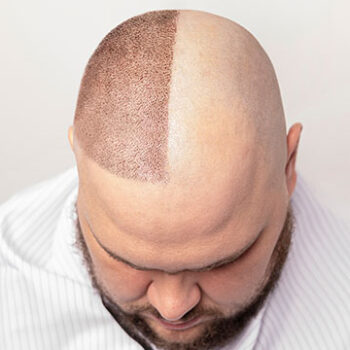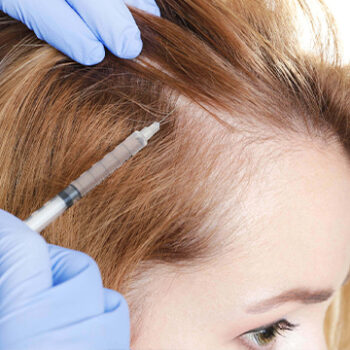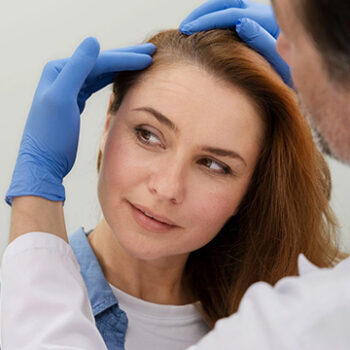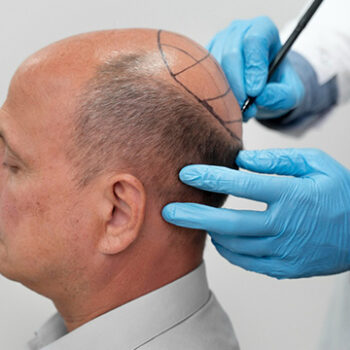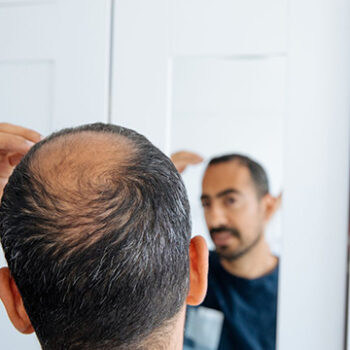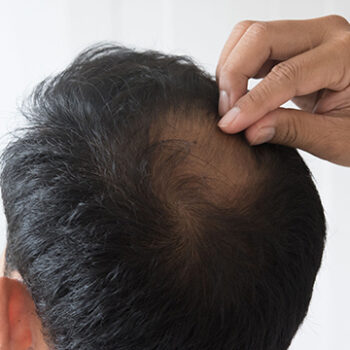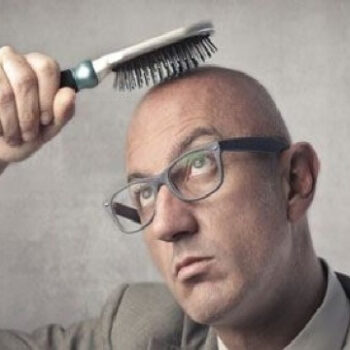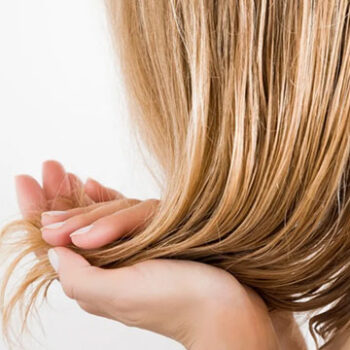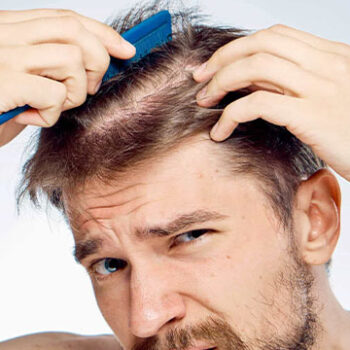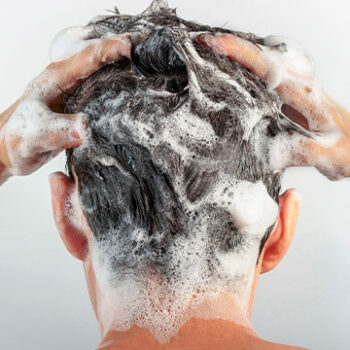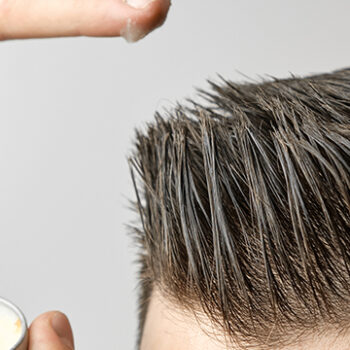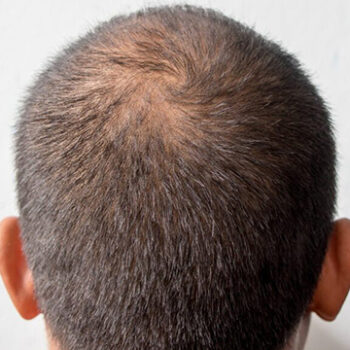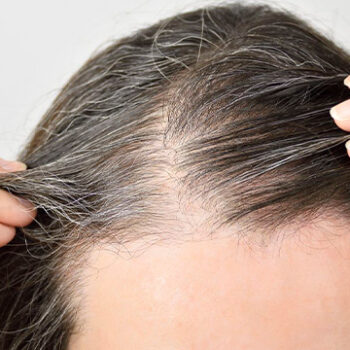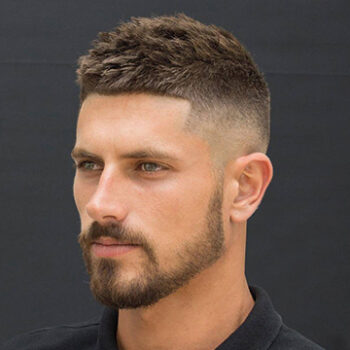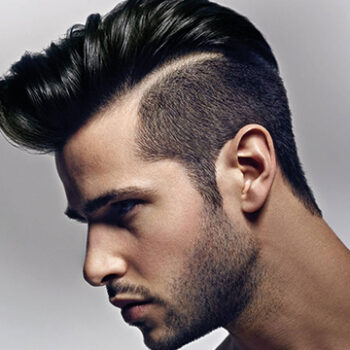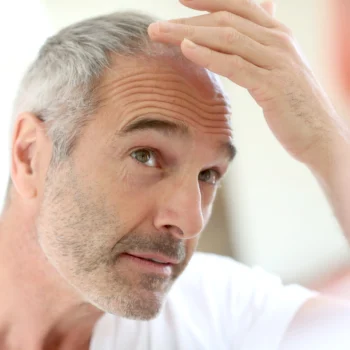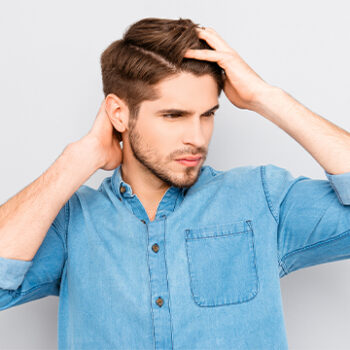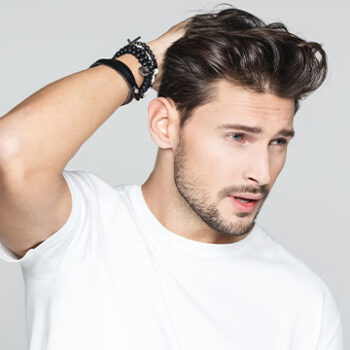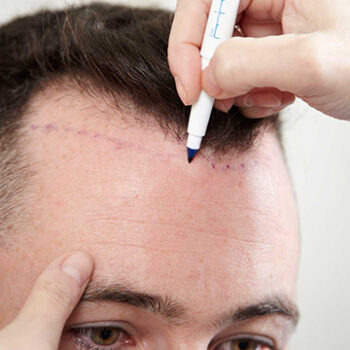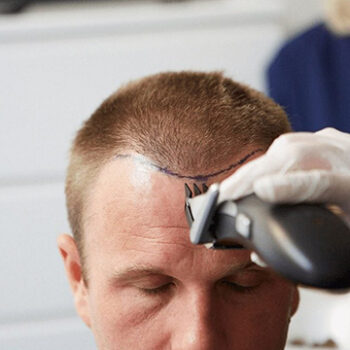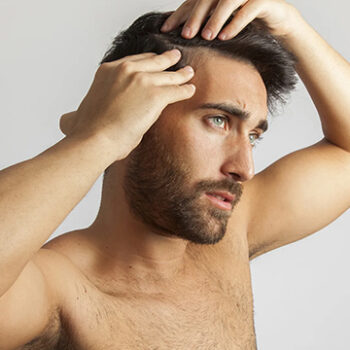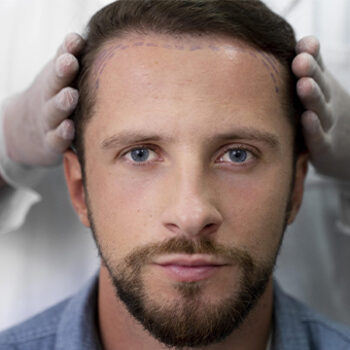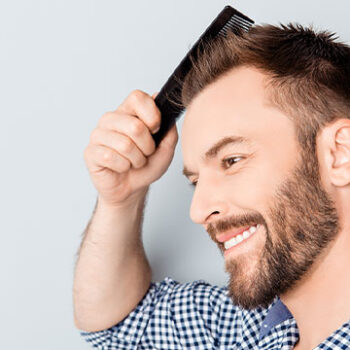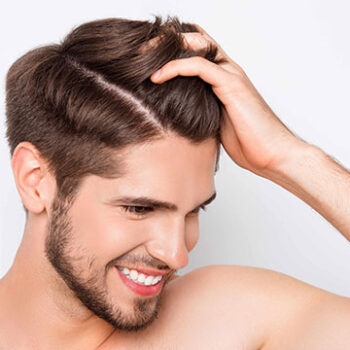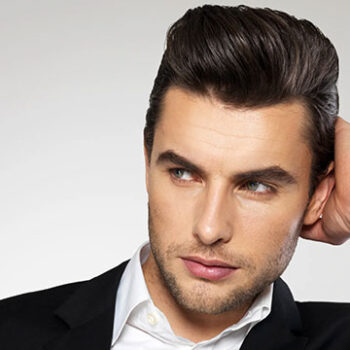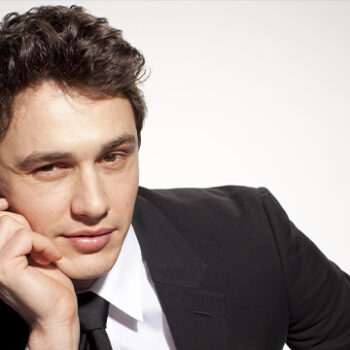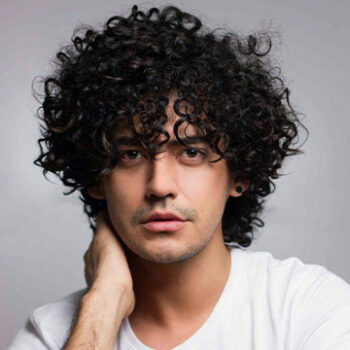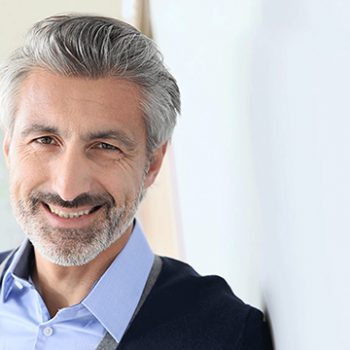Hair transplant surgery is one of the most effective hair loss treatment methods offered by modern medicine. However, to achieve successful results, the post-procedure care process is of critical importance. The correct care routine ensures that transplanted follicles settle healthily and guarantees long-term success.
First 24-48 Hours: Basic Protection Period
The first 24-48 hours after hair transplant are vitally important for the survival of transplanted follicles. During this period, touching, scratching, or applying any trauma to the hair area is strictly prohibited.
Sleep position requires special attention during this period. 2-3 pillows should be used to keep the head elevated, and side sleeping position should be avoided. Sleeping face down is categorically prohibited as it can damage the transplant area.
For swelling control on the first night, cold compress application can be performed. However, this application should be done on the forehead area in a way that does not directly contact the transplant area.
First Week: Gentle Care Protocol
Starting from the third day, very gentle washing with special shampoo recommended by the doctor begins. These shampoos have formulations with optimized pH balance and antibacterial properties.
The washing technique is completely different from normal hair washing. Direct water pressure should not be applied to the hair area; instead, rinsing should be done with lukewarm water taken in the palm. Shampoo should only be applied with very light movements using fingertips.
Hair dryer use is prohibited during the first week. Hair should be dried by pressing with a towel without rubbing, and natural drying should be preferred.
Second Week: Gradual Normalization
The second week is a period when gradual relaxations can be made in the hair care routine. Shampoo application can be made slightly more active, but normal washing level should still not be reached.
During this period, hair conditioner use can be started. However, the conditioner to be used should not contain sulfates and parabens, and should be enriched with natural components. Conditioner application should be done avoiding the transplant area.
Light physical activities can be started, but intense exercises that would cause sweating should be avoided. Activities like walking and light stretching exercises are appropriate, while fitness and running activities are still considered early.
Third and Fourth Week: Strengthening Process
Starting from the third week, transplanted follicles acquire a stronger structure. During this period, hair washing frequency can be increased and transition to normal shampoo use can be made. However, aggressive washing techniques should still be avoided.
The fourth week is a period when a normal process known as “shock hair loss” may occur. In this case, some of the transplanted hairs fall out, but this does not mean loss of follicles. Since root structures remain in place, new hairs begin to grow after 3-4 months.
Light hair massage can be performed during this period, but direct pressure should not be applied to the transplant area. Light massage movements that increase circulation can support hair growth.
Nutrition and Vitamin Support
Post-hair transplant nutrition is one of the most important supporters of the healing process. Protein-rich nutrition is critical for strengthening hair follicles. Protein sources such as fish, chicken, eggs, and legumes should form the basis of daily nutrition.
Since iron deficiency can negatively affect hair growth, foods rich in iron should be consumed. Foods like red meat, spinach, kidney beans, and lentils meet iron needs.
Zinc, biotin, B complex vitamins, and vitamin C are essential nutrients for hair health. Multivitamin support can be taken with doctor’s recommendation, but self-administration of high-dose vitamins should be avoided.
Shampoo and Hair Care Product Selection
Shampoo selection after hair transplant is one of the factors affecting long-term success. Sulfate-free shampoos with pH balance between 5.5-6.5 should be preferred. Keratin and panthenol-containing shampoos show hair structure strengthening effects.
Natural ingredient shampoos minimize chemical irritation. Natural components like argan oil, jojoba oil, and aloe vera nourish the scalp and maintain moisture balance.
Hair conditioner use can be started 2-3 weeks after hair transplant. However, conditioner should be applied to hair ends and should not contact the scalp. Dense conditioner formulations can increase infection risk by clogging pores.
Physical Activity and Sports
The physical activity program after hair transplant should be gradually increased. Heavy lifting, bending, running, and similar activities are prohibited for the first 2 weeks. These activities can increase bleeding risk by raising blood pressure.
Light cardiovascular exercises can be performed starting from the third week. Walking, light cycling, and low-intensity aerobic exercises are suitable options.
Return to normal sports activities can be made starting from the sixth week. However, sports with trauma risk to the transplant area should still be avoided. Contact sports like football and basketball can be performed after 2-3 months.
Sun Protection and Environmental Factors
Sun protection after hair transplant is critical for skin health and protection of hair follicles. Direct sun exposure should be limited for the first 3 months.
Sunscreen use can be started 4-6 weeks after hair transplant. Mineral-based sunscreens with SPF 30 and above protection factor should be preferred. Chemical filters can cause irritation on sensitive scalp.
Hat use is an effective method for sun protection. However, the hat should not be too tight and should provide air permeability. Hats made from cotton, natural fabric are safer than synthetic materials.
Smoking and Alcohol Use
Smoking seriously negatively affects the healing process after hair transplant. Nicotine reduces the nutrition quality of follicles by narrowing blood vessels. This situation reduces the success rate of transplanted hair attachment.
Smoking is strictly prohibited for at least 2 weeks after hair transplant. Ideally, smoking should be quit for a total of 1 month before and after hair transplant.
Alcohol consumption increases bleeding risk due to its blood-thinning effect. Alcohol use should be completely avoided for the first 1 week. Afterwards, limited and controlled consumption should be preferred.
Control Examinations and Follow-up
Regular control examinations after hair transplant are mandatory for successful results. The first control is usually performed 7-10 days later and wound healing is evaluated.
The second control is performed 1 month later and the hair growth process is evaluated. During this period, additional treatment recommendations can be made if necessary.
The third control is performed 3 months later and hair density is evaluated. Controls after the sixth month and 1 year are important for evaluating long-term results.
Supportive Treatments
PRP (Platelet Rich Plasma) treatment supports the strengthening of follicles after hair transplant. This treatment can be started 3-4 weeks after hair transplant and is applied in 3-4 sessions.
Mesotherapy increases nutrition quality by injecting vitamin and mineral mixture into the scalp. This treatment can be started 6-8 weeks after hair transplant.
LED therapy uses light waves that stimulate hair follicles. This treatment can be applied at home and supports hair growth.

 English
English Français
Français Deutsch
Deutsch Türkçe
Türkçe 中國人
中國人